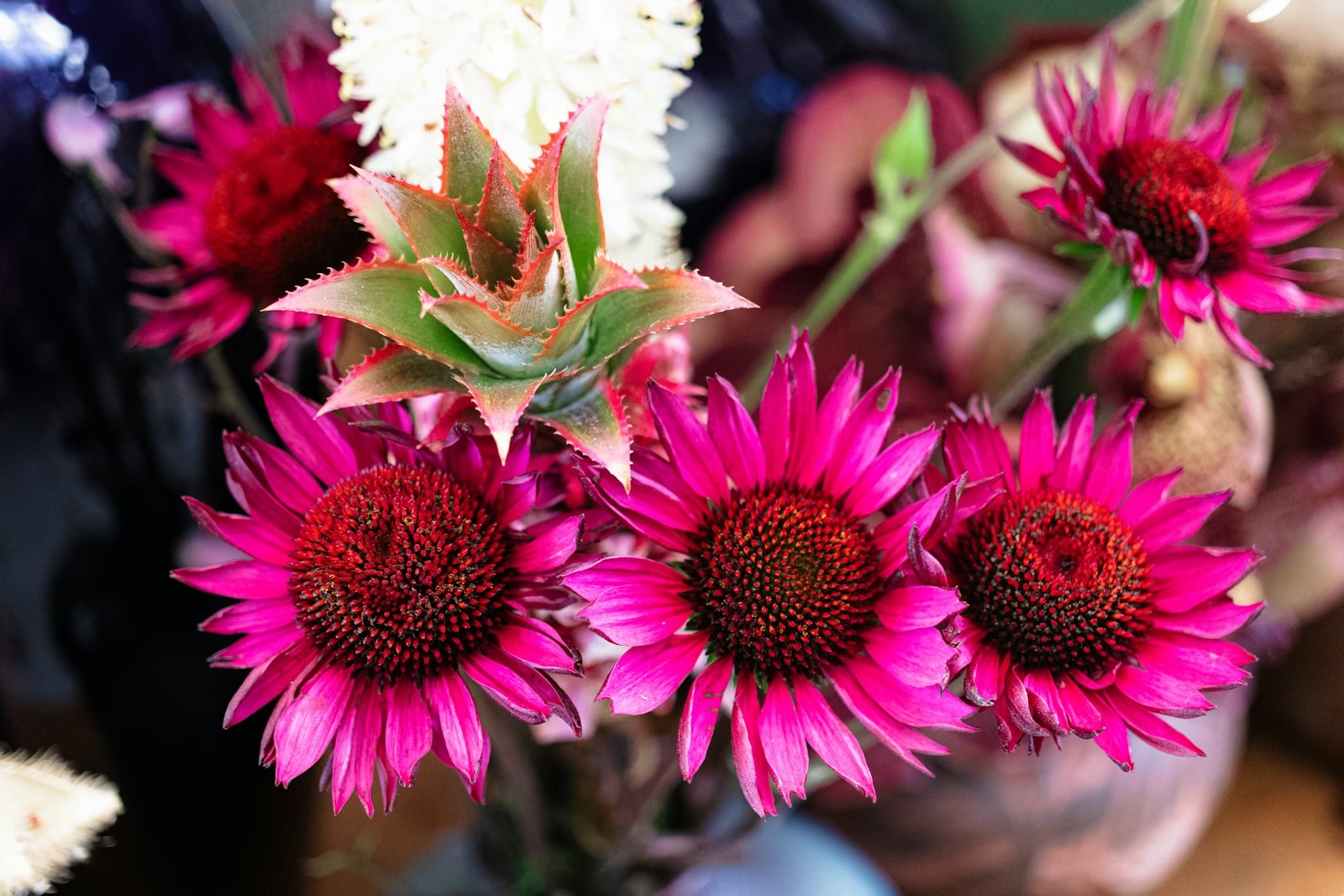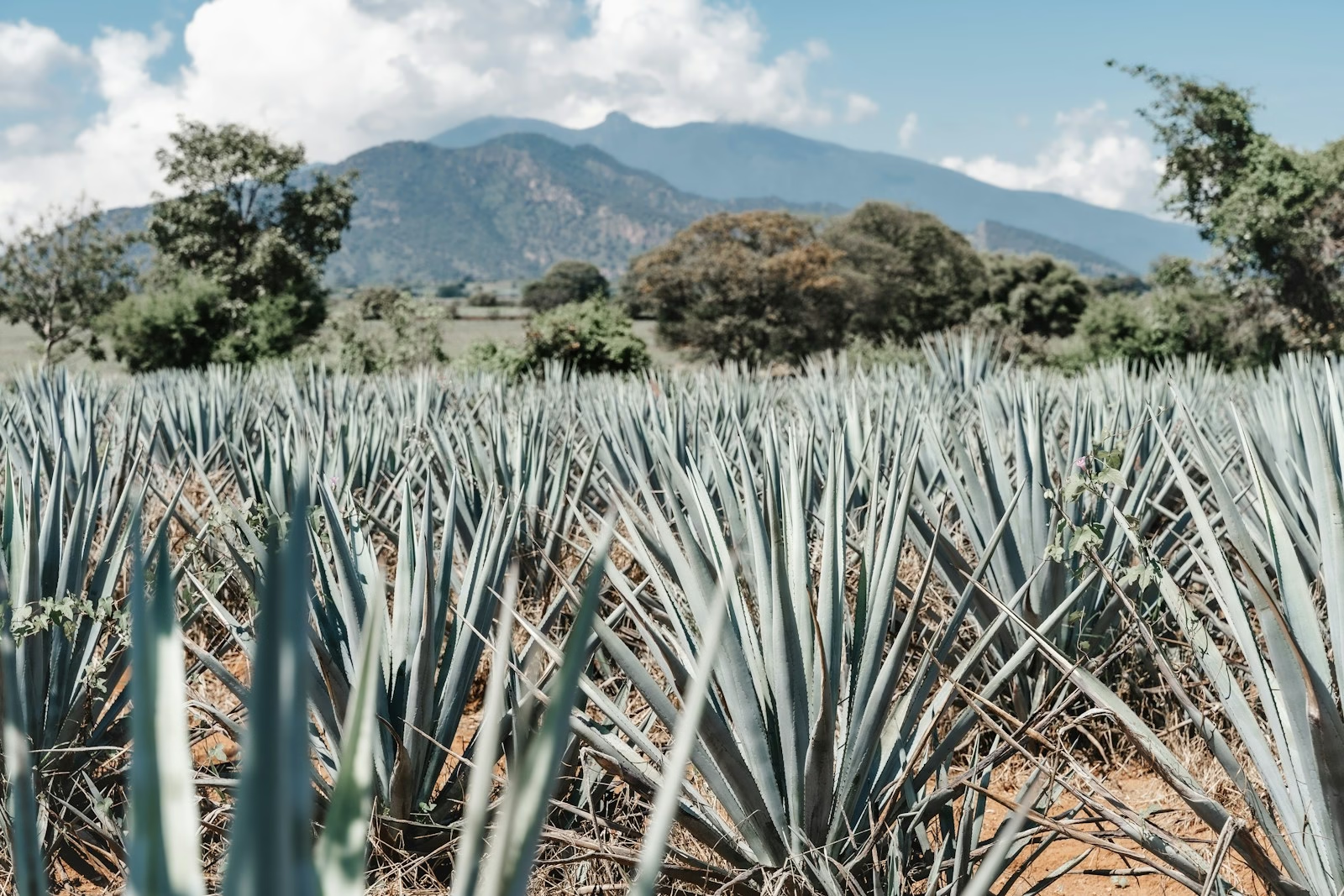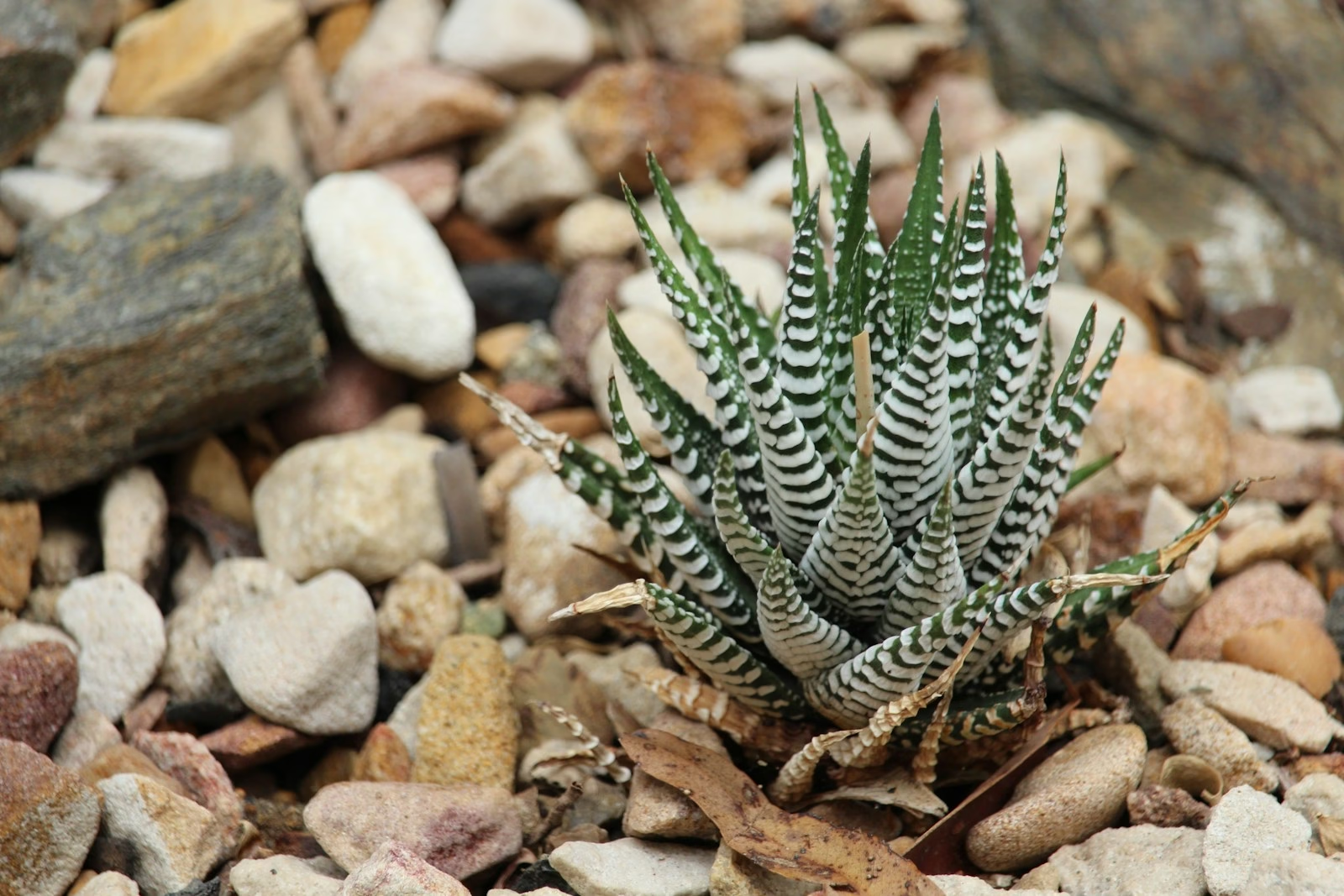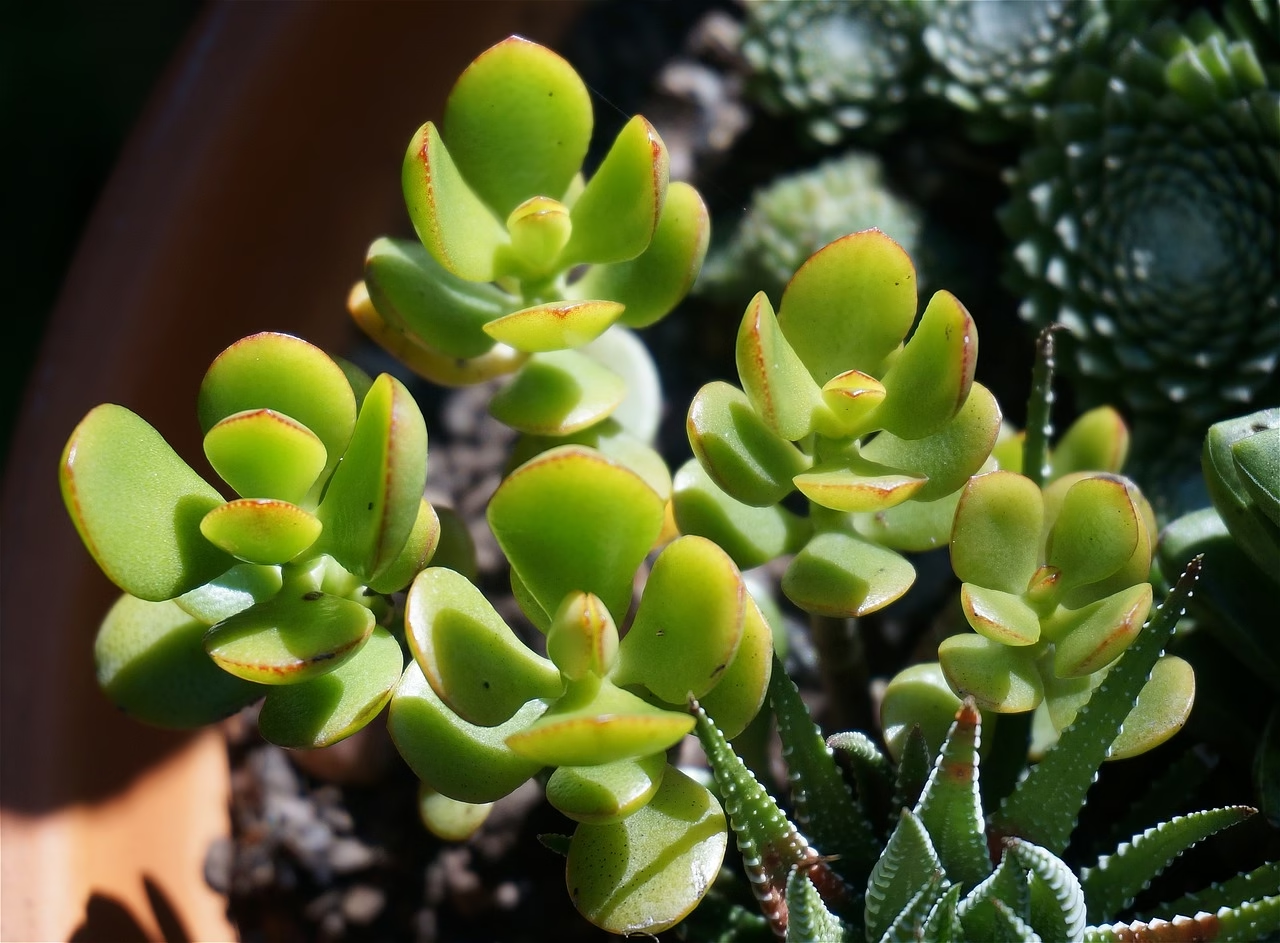Introduction to Healing Succulents
Suculents have become increasingly popular in recent years due to their remarkable adaptability and aesthetic appeal. These fascinating plants are characterized by their fleshy, water-storing tissues, which allow them to thrive in arid climates where other plants may struggle. As a result, succulents have evolved to not only be visually striking but also exceptionally durable, making them a popular choice for both indoor and outdoor gardening.
Beyond their ornamental value, healing succulents hold a rich history of use in traditional medicine across various cultures. Many societies have recognized the therapeutic properties of these plants, utilizing them to treat a range of ailments. For instance, the gel from the Aloe Vera plant, a type of succulent, has been widely acknowledged for its soothing and healing qualities, particularly for skin irritations and burns. Similarly, other succulents, such as the Echeveria and Sedum, have been incorporated into folk remedies for their anti-inflammatory and antimicrobial properties.
As the modern world grows more aware of natural and holistic approaches to health, the interest in healing succulents has surged. The incorporation of these plants into daily life is not only beneficial for their medicinal capabilities but also provides mental and emotional relief through their calming presence. People are increasingly turning to succulents not just as decorative elements, but also as accessible sources of natural remedies that align with a more eco-conscious lifestyle.

In summary, the appeal of healing succulents extends far beyond their aesthetic charm. Their resilience and multifunctional uses make them a valuable addition to any garden or home. As we delve deeper into the world of these remarkable plants, it becomes evident that their importance transcends mere decoration, bridging the gap between nature and health.

Aloe Vera: The Miracle Plant
Aloe Vera, widely recognized for its remarkable healing properties, is often referred to as the “miracle plant.” This succulent has garnered attention not only for its stunning rosettes of fleshy leaves but also for its extensive health benefits, making it a staple in many households. Rich in vitamins, minerals, and antioxidants, Aloe Vera is known to promote skin healing, soothe burns, and improve overall skin hydration. The plant’s gel-like substance, extracted from its leaves, is often used as a natural remedy for sunburns and minor cuts, providing immediate relief and facilitating the healing process.
In addition to its topical benefits, Aloe Vera juice is a popular health drink. It is consumed for its purported digestive benefits, helping to alleviate issues such as indigestion and constipation. The plant’s antibacterial and anti-inflammatory properties make it an invaluable addition to many health-conscious diets. Furthermore, Aloe Vera is included in various cosmetic products, from moisturizing creams to hair conditioners, where it acts as a natural humectant, attracting moisture to the skin and hair.
Caring for an Aloe Vera plant is relatively straightforward, as it thrives in bright light and requires minimal water. Overwatering is the most common mistake, as succulents prefer well-draining soil and infrequent watering. This resilience makes Aloe Vera an ideal choice for indoor gardening, even for individuals with limited space or time. With the right care, an Aloe Vera plant can flourish, providing both aesthetic appeal and a source of natural remedies. The visual allure of the plant, combined with its numerous benefits, undoubtedly solidifies Aloe Vera’s status as one of the most beloved healing succulents available today.

Sedum: Versatile and Beneficial
The Sedum genus, commonly known as stonecrops, encompasses a wide variety of succulent plants that are celebrated for their versatility, aesthetic appeal, and beneficial properties. This genus includes over 400 species, ranging from low-growing ground covers to upright perennial varieties, each possessing unique characteristics and healing attributes. Sedum plants are particularly noted for their ability to flourish in various environments, making them ideal for gardeners who seek low-maintenance greenery.
Among the numerous types of Sedum, several species stand out due to their medicinal uses. For instance, Sedum morganianum, often referred to as Burro’s Tail, has been utilized in traditional medicine for its anti-inflammatory properties. Similarly, Sedum rubrotinctum, or Jelly Bean Plant, is recognized for its potential to aid in promoting overall wellness. These plants not only contribute to gardens aesthetically but also offer tangible health benefits that are increasingly being acknowledged in alternative healing practices.
In addition to their medicinal qualities, Sedum species play a significant role in environmental sustainability. Their ability to retain water makes them excellent candidates for xeriscaping, a landscaping approach that reduces the need for irrigation. Moreover, Sedum plants can improve air quality by absorbing pollutants and contributing to the overall health of urban ecosystems. The succulent structure of their leaves allows them to thrive in dry conditions, testament to their adaptability and robustness.
For those looking to cultivate Sedum successfully, it is essential to provide well-draining soil and ample sunlight, as these plants thrive in bright, direct light. Regular watering should be stationed according to the season, with fewer needs in winter months. By ensuring an appropriate environment, gardeners can enjoy the benefits of these versatile succulents, both visually and therapeutically.

Echinacea: Beyond the Desert
Echinacea, commonly known as coneflower, has garnered significant attention for its potential health benefits, particularly regarding immune system support. This genus of flowering plants, native to North America, includes several species, the most popular being Echinacea purpurea. Echinacea has a rich history rooted in Native American medicine, where it was utilized for various ailments ranging from infections to inflammation. The indigenous tribes often brewed Echinacea tea or used the plant in poultices, recognizing its antioxidant and anti-inflammatory properties.
Modern herbalists frequently recommend Echinacea supplements, particularly during cold and flu seasons, for their potential to boost immune responses. Research has indicated that Echinacea may help reduce the duration and severity of respiratory infections, making it a staple in many natural remedy cabinets. Available in various forms, including capsules, extracts, and teas, Echinacea remains a popular choice among individuals seeking natural alternatives for immune support.
The aesthetic appeal of Echinacea cannot be overlooked either. With its vibrant, daisy-like flowers ranging from purple to white, Echinacea is often cultivated in gardens, attracting pollinators such as bees and butterflies. The plant thrives in well-drained soil and can tolerate a range of environmental conditions, making it a resilient addition to any landscape. Various species exhibit unique characteristics, with Echinacea purpurea being the most widely recognized, while Echinacea angustifolia and Echinacea pallida offer distinct attributes. Their striking beauty combined with their medicinal benefits underscores why Echinacea is cherished both in botanical and therapeutic contexts.

Agave: The Resilient Healer
The Agave plant, renowned for its striking appearance and resilient nature, has been utilized in traditional health remedies for centuries. This succulent, characterized by its large, rosette-shaped leaves and towering flower spikes, is often celebrated not just for its aesthetic appeal but also for its healing properties. Many indigenous cultures have long recognized the therapeutic qualities of Agave, using it in various forms to address ailments such as digestive issues and skin irritations.
In terms of cultivation, Agave plants are relatively easy to care for, making them an excellent choice for both novice and experienced gardeners. These succulents thrive in arid climates and prefer well-draining soil, which closely mimics their natural habitats in deserts and semi-arid regions. Proper sunlight exposure is crucial for Agave’s growth; they typically require at least six hours of direct sunlight daily. Watering should be done sparingly, as overwatering can lead to root rot. During the growing season, a diluted fertilizer can further enhance their robust growth and resilience.
A unique aspect of the Agave plant is its culinary uses, particularly in the production of tequila and mezcal. The heart (or piña) of the Agave is harvested and cooked to extract its sugars, which are then fermented and distilled to create popular beverages. Additionally, certain species of Agave, such as Agave americana, can be used to produce natural sweeteners, making them versatile in the kitchen as well as for health purposes.
Images of various Agave species showcase their majestic form, from the elongated, architectural leaves of the Agave americana to the compact rosettes of the Agave parryi. Each species offers a unique beauty and embodies the resilience that Agave is known for, solidifying its status as both a visual and functional treasure in the world of succulent plants.

Haworthia: Small but Mighty
The Haworthia genus comprises a diverse range of small succulent plants, which are both visually captivating and resilient in nature. Characterized by their thick, fleshy leaves and distinctive rosette formations, these plants exhibit extraordinary variations in color, shape, and texture, making them highly sought after by succulent enthusiasts and collectors alike. Commonly featuring pitted foliage and intriguing patterns, many species within the Haworthia group can thrive in harsh conditions, showcasing their adaptability and unique beauty.
One of the key aspects of Haworthia is their remarkable ability to purify indoor air, contributing to improved air quality in homes and offices. Studies have shown that these plants can effectively filter out harmful toxins, fostering a healthier living environment. Additionally, their presence can yield psychological benefits, promoting a sense of tranquility and well-being among their caretakers. The calming effect of green plants, including Haworthia, can enhance mood and reduce stress, making them perfect additions to any indoor garden.
Caring for Haworthia plants is relatively straightforward. They prefer bright, indirect sunlight and should be watered sparingly, allowing the soil to dry out between sessions—overwatering can lead to root rot. The propagation of Haworthia can be accomplished through offsets or leaf cuttings, making it accessible for both novice and experienced gardeners. When propagated properly, these small but mighty plants can quickly multiply, providing an opportunity to share their beauty with friends or expand one’s own collection.
In conclusion, the enchanting Haworthia genus embodies the perfect blend of aesthetics and health benefits. Their small stature belies their remarkable qualities, making them an excellent choice for anyone looking to introduce greenery into their living or working spaces while reaping the rewards of their healing properties.

Kalanchoe: Nature’s Pharmacy
Kalanchoe is a remarkable genus of succulent plants that boasts over 200 species, many of which have garnered significant attention for their medicinal properties. Traditionally, certain Kalanchoe species have been used in various cultures for their therapeutic benefits, making them a staple in herbal medicine. Among the most notable species are Kalanchoe pinnata, also known as “Mother of Thousands,” and Kalanchoe daigremontiana, frequently utilized for their anti-inflammatory and wound-healing capabilities.
The leaves of Kalanchoe pinnata contain compounds that have been recognized for their ability to alleviate pain and promote healing. In various traditional practices, these leaves are crushed and applied to cuts or bruises, providing a natural remedy that is believed to speed up recovery. Similarly, Kalanchoe daigremontiana displays potent anti-bacterial properties, making it an effective treatment for skin infections.
Caring for Kalanchoe plants is relatively straightforward, as they are hardy succulents that thrive in well-drained soil and require minimal watering. Ideal conditions involve bright, indirect sunlight, allowing their vibrant flowers to bloom profusely while maintaining healthy foliage. Overwatering should be avoided, as it can lead to root rot, a common issue that afflicts many succulent varieties.
In addition to their medicinal uses, Kalanchoe plants are visually appealing, featuring stunning clusters of flowers in various colors, including red, pink, and yellow. These blooms not only add aesthetic value to indoor and outdoor spaces but also serve as a reminder of nature’s ability to heal. As the popularity of Kalanchoe grows, both as a decorative plant and a natural remedy, its significance in promoting health and well-being continues to be recognized.

Crassula: A Diverse Family of Remedies
The Crassula family, belonging to the succulent group of plants, comprises a vast range of species renowned for their aesthetic charm and medicinal properties. This diverse family includes several popular varieties, each hosting unique characteristics, healing potentials, and care requirements. Among the most recognizable is Crassula ovata, commonly known as the jade plant. This hardy succulent is often associated with financial prosperity and is believed to have wound-healing properties when its leaves are applied topically.
Another noteworthy species is Crassula perforata, also referred to as string of buttons due to its distinctive stacked leaves. This succulent not only serves as an eye-catching decorative plant but is also utilized in traditional medicine. It is known for its soothing properties and is said to help alleviate minor skin irritations. Cultivating string of buttons requires bright light and moderate watering, ensuring that it thrives while delivering its benefits.
Crassula campfire adds vibrant color to gardens with its rich reddish tips. This particular variety has garnered attention for its hardy nature and is believed to possess anti-inflammatory properties. When caring for this plant, it is essential to provide well-draining soil and avoid overwatering to maintain its health and potency.
Moreover, Crassula arborescens, or the propeller plant, is another fascinating member of the Crassula family. Known for its striking leaves that resemble a propeller, this succulent has been researched for its potential antibacterial effects. Its resilient nature allows it to flourish in various environments, provided it receives ample sunlight and periodic watering.
In conclusion, the Crassula family showcases an exceptional array of succulent species that not only enhance our living spaces but also offer diverse healing benefits. By understanding their unique properties and care requirements, one can appreciate the multifaceted wonders of these remarkable plants.
Conclusion: The Healing Power of Succulents
As we explore the many attributes of healing succulent plants, it is evident that these remarkable organisms offer much more than aesthetic appeal. Their unique structures and resilience not only enhance indoor and outdoor spaces but also contribute to holistic well-being. The incorporation of succulents into our living environments has been shown to improve air quality, providing a natural means of reducing toxins and promoting a healthier atmosphere. Additionally, the presence of these plants can diminish stress, enhance mood, and foster a sense of tranquility, making them invaluable companions in our daily lives.
Healing succulents also symbolize endurance and adaptation, serving as a reminder of our own potential for growth, even in challenging circumstances. Their low-maintenance nature suits various lifestyles, making them accessible for individuals whether they are novice gardeners or seasoned plant enthusiasts. The broad spectrum of shapes, sizes, and colors available means that anyone can find a succulent variety that resonates with their personal style, further enriching their living space. This adaptability emphasizes the relevance of succulents beyond mere decoration; they are instrumental in creating a calming sanctuary where individuals can retreat and rejuvenate.
We encourage readers to delve deeper into the world of healing succulents, discovering the joys and health benefits that they can bring into everyday life. Not only do these plants enrich our surroundings, but they also foster a connection to nature that is increasingly vital in our fast-paced world. As you cultivate your own collection of healing succulents, consider sharing experiences and photographs that showcase the profound impact these plants have had on your mental and physical well-being. By fostering a community of succulent enthusiasts, we can collectively celebrate the healing power these extraordinary plants impart.



